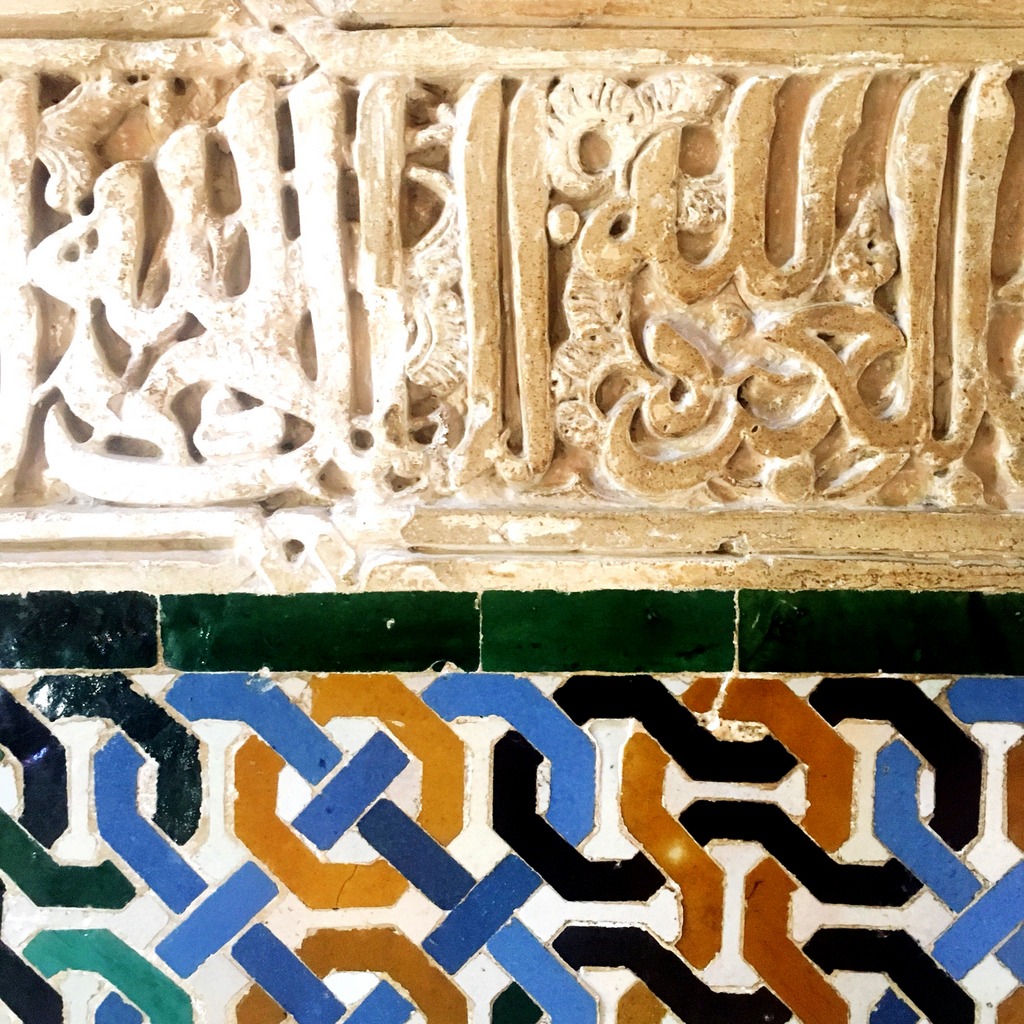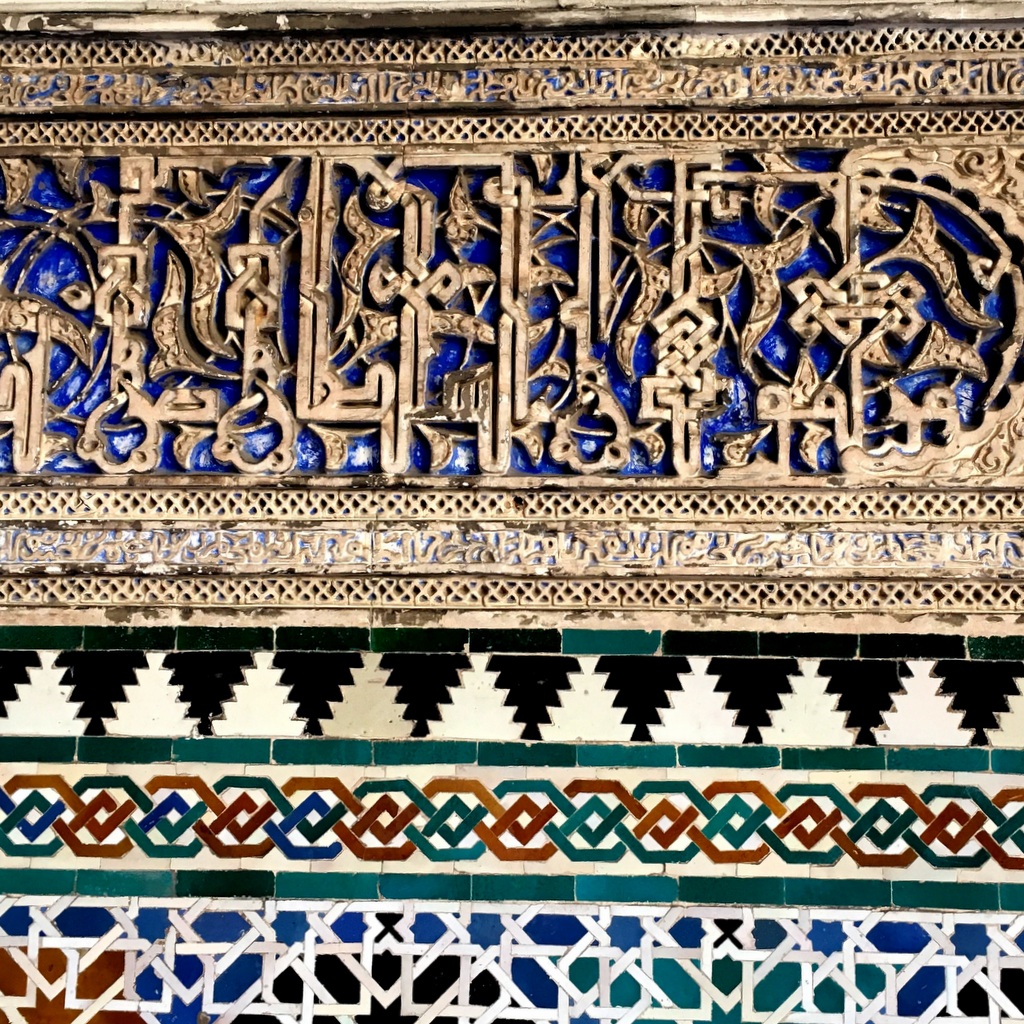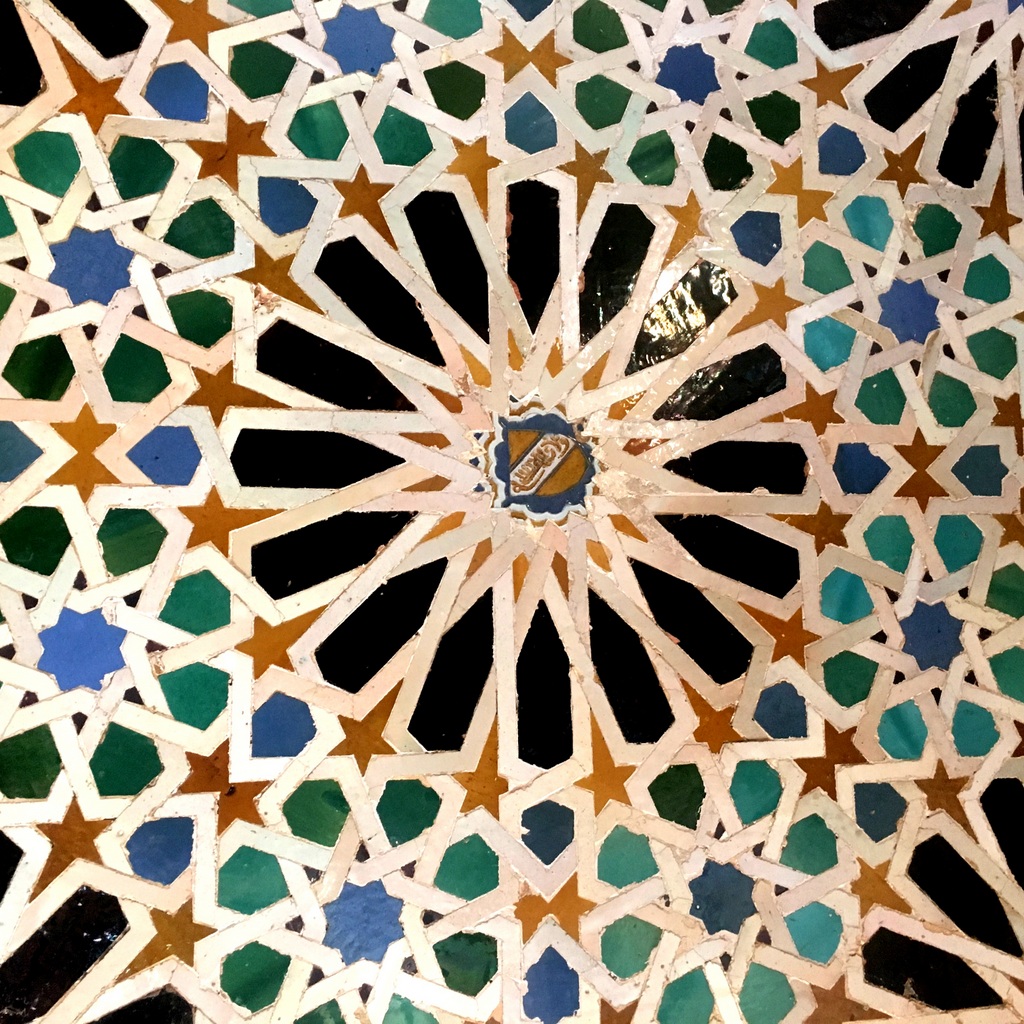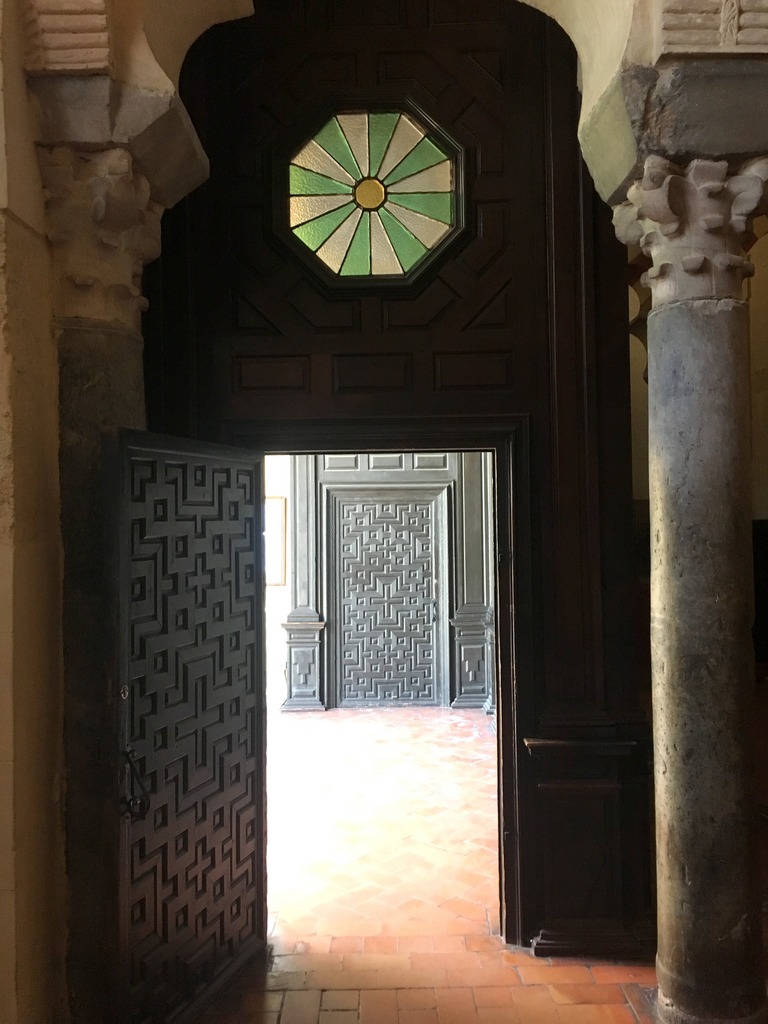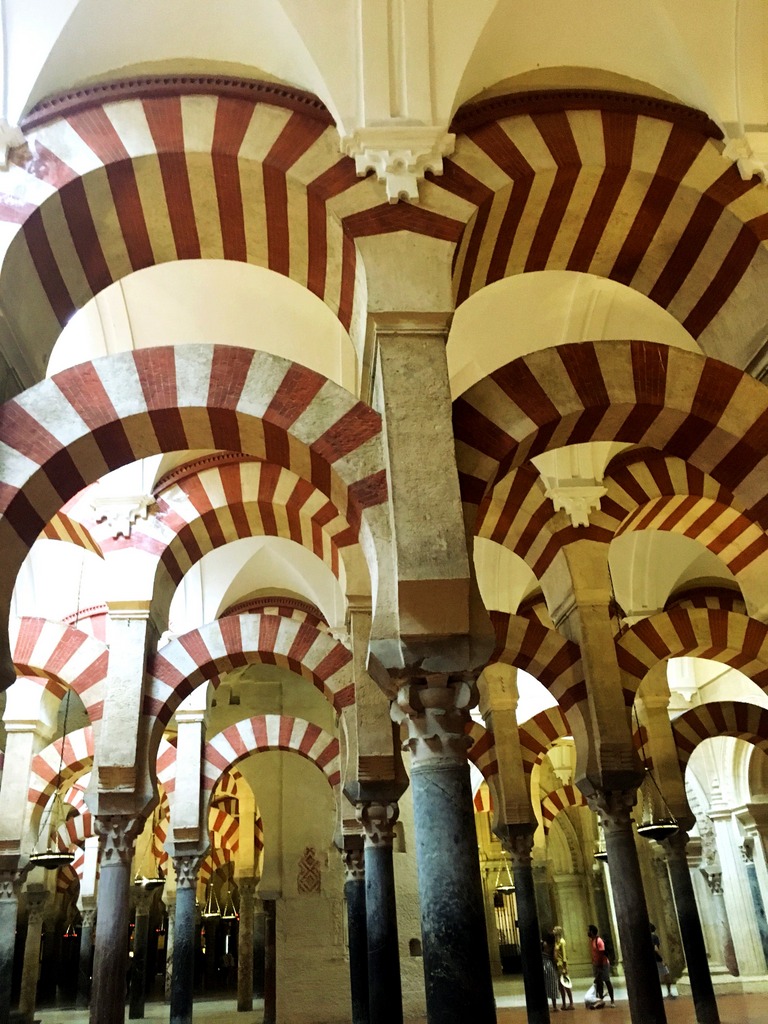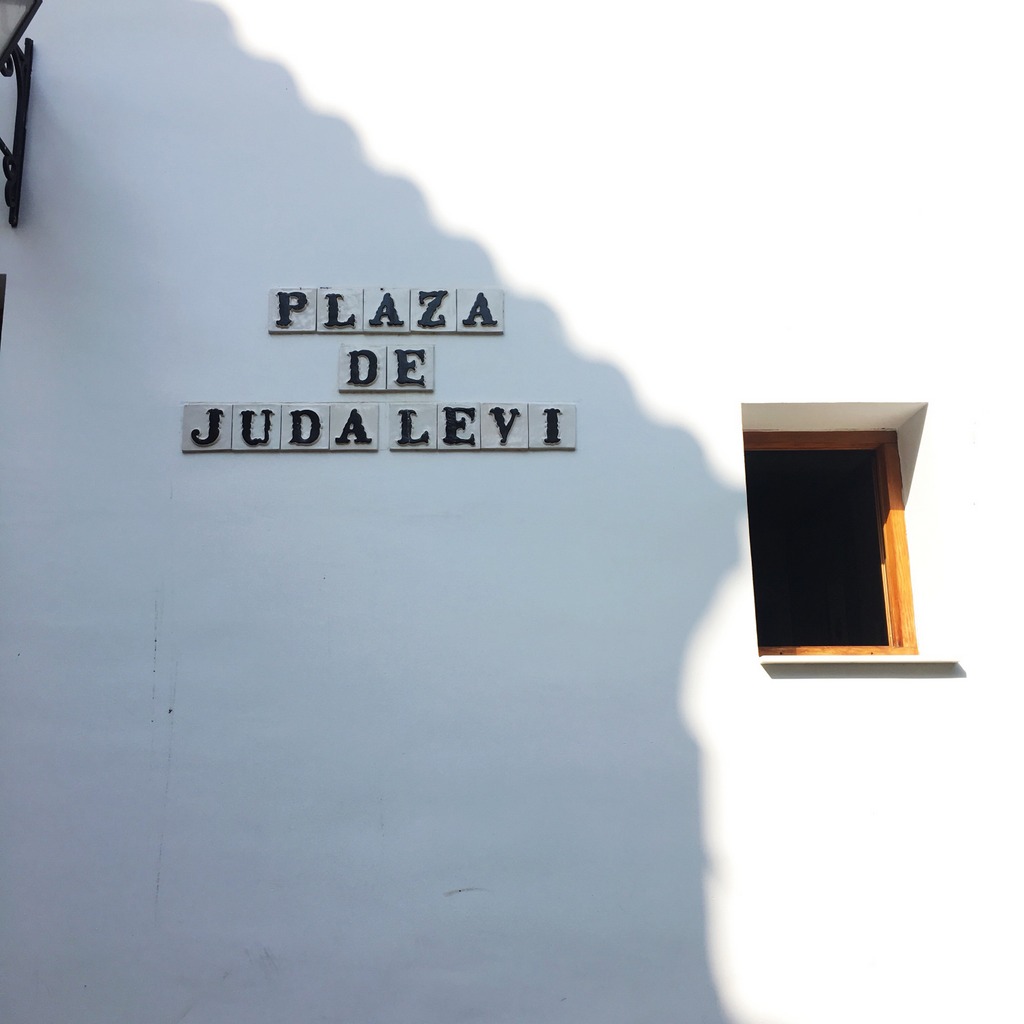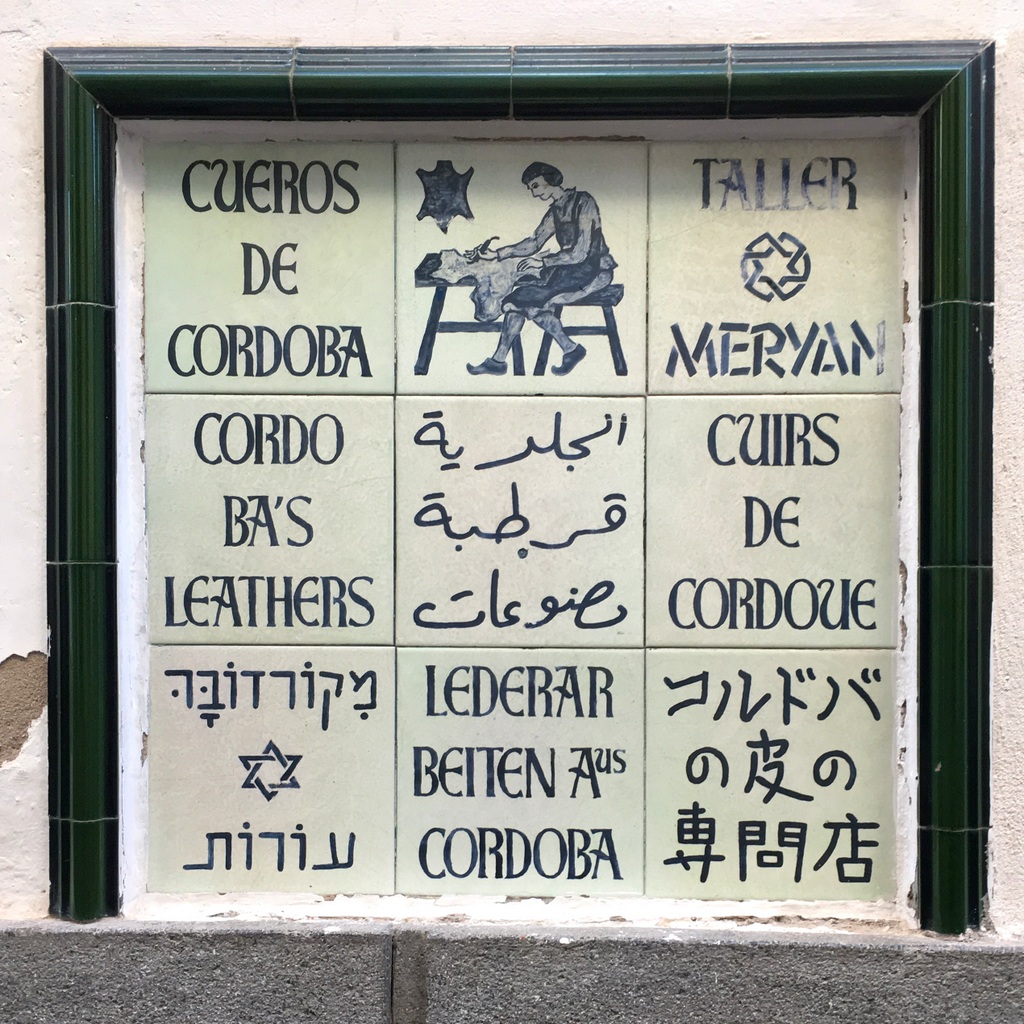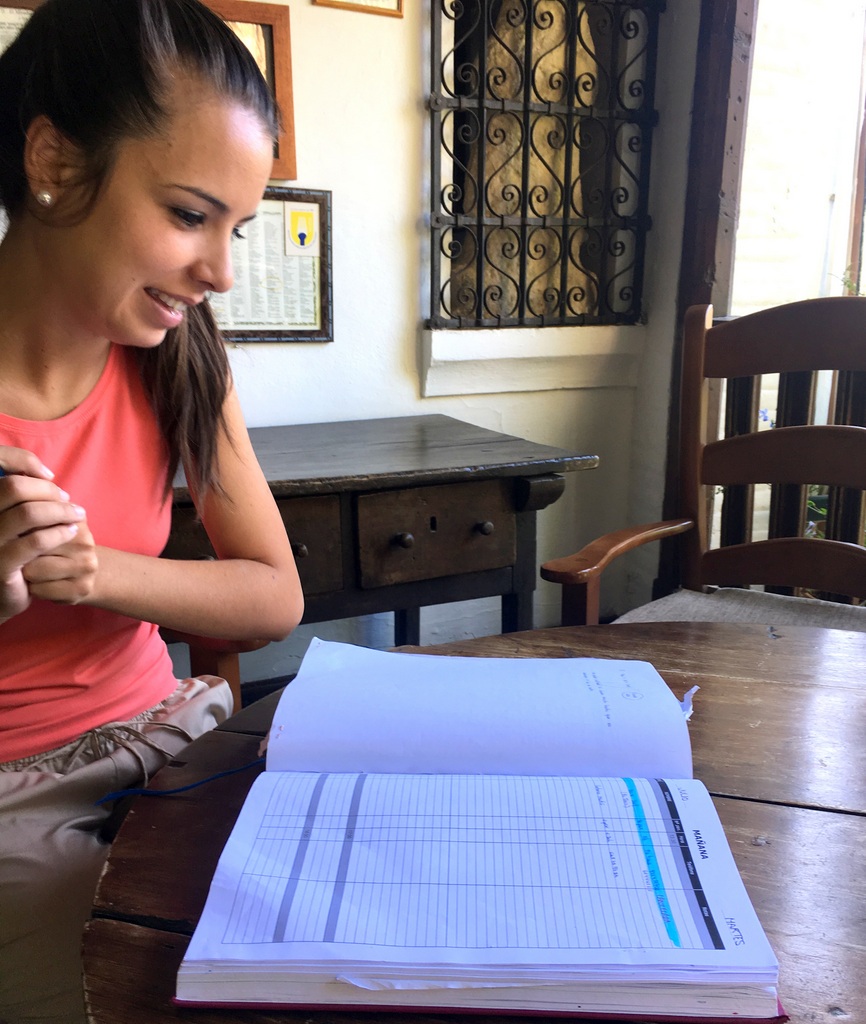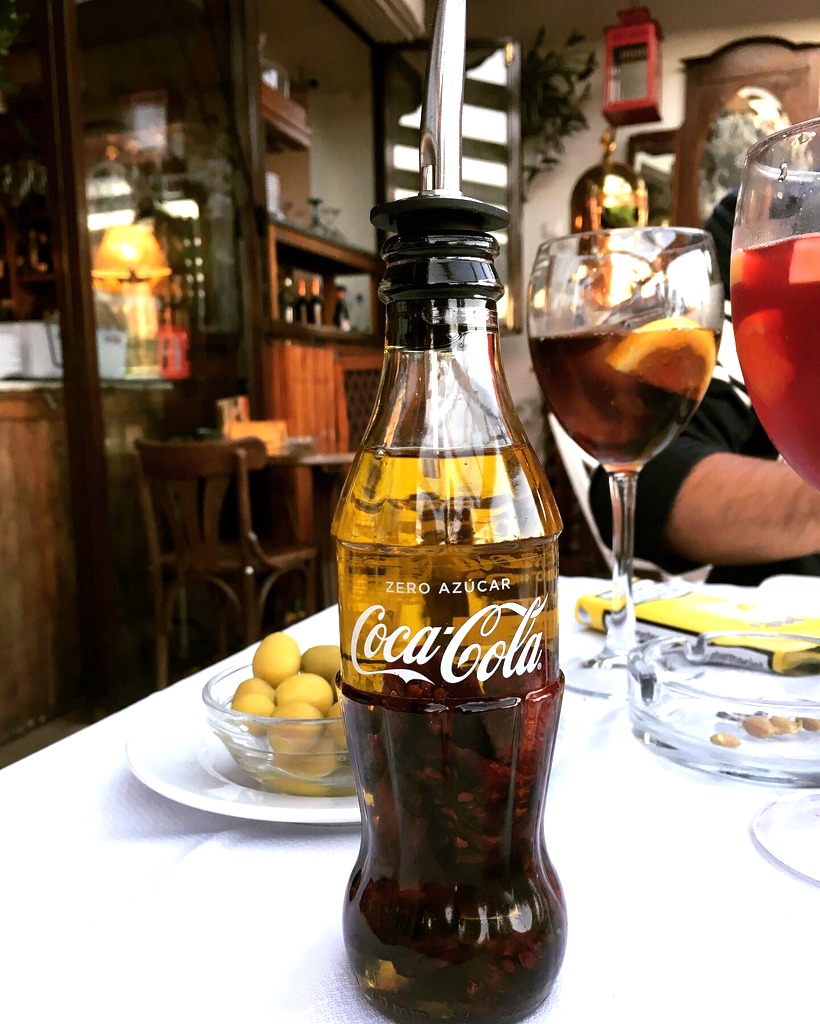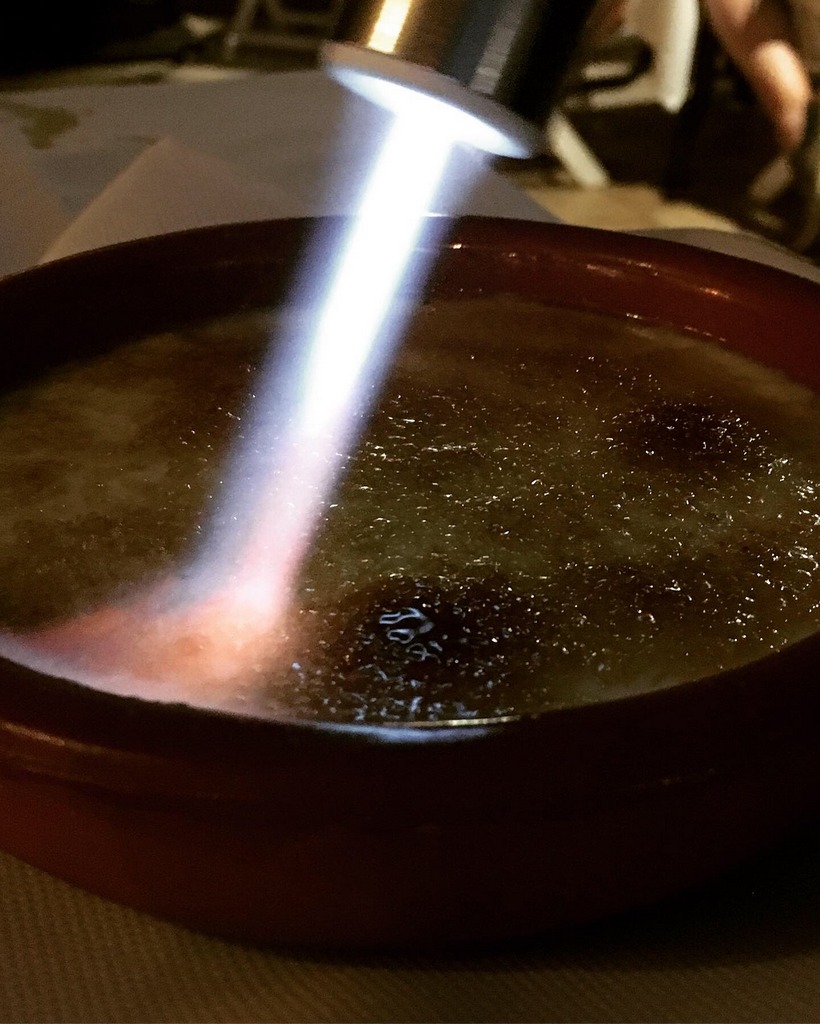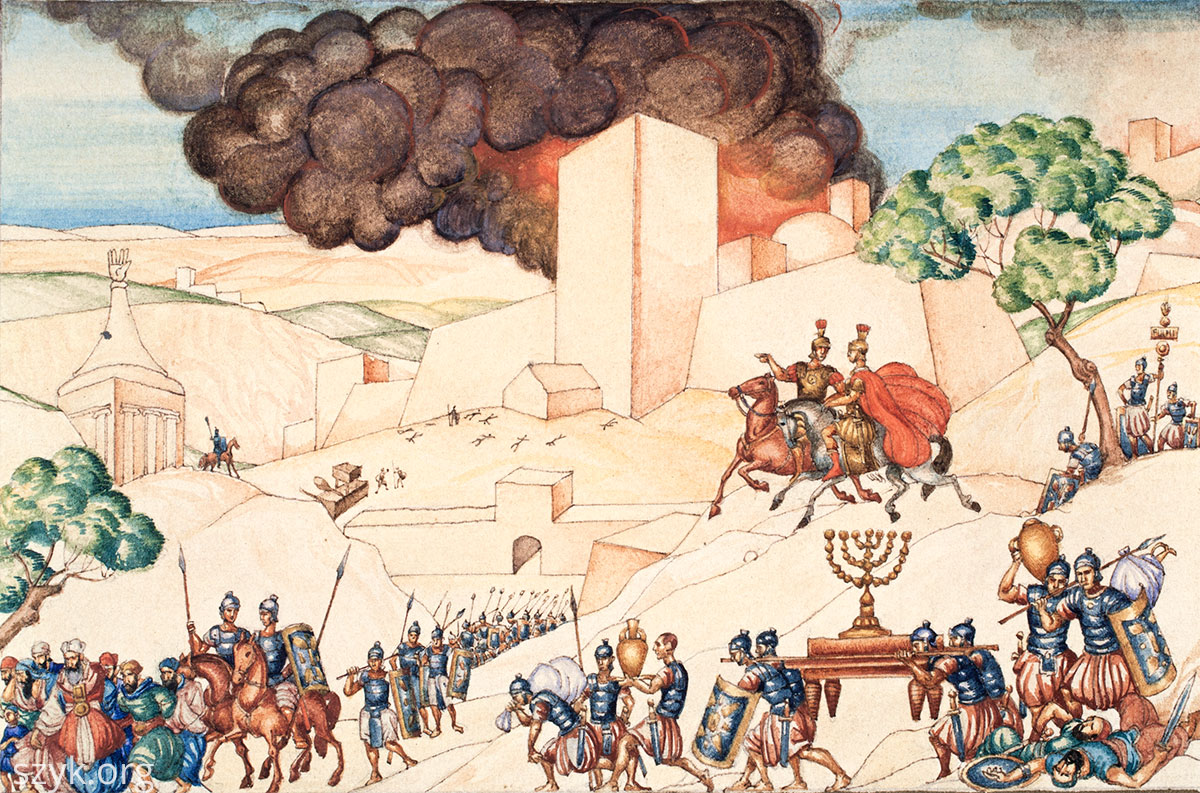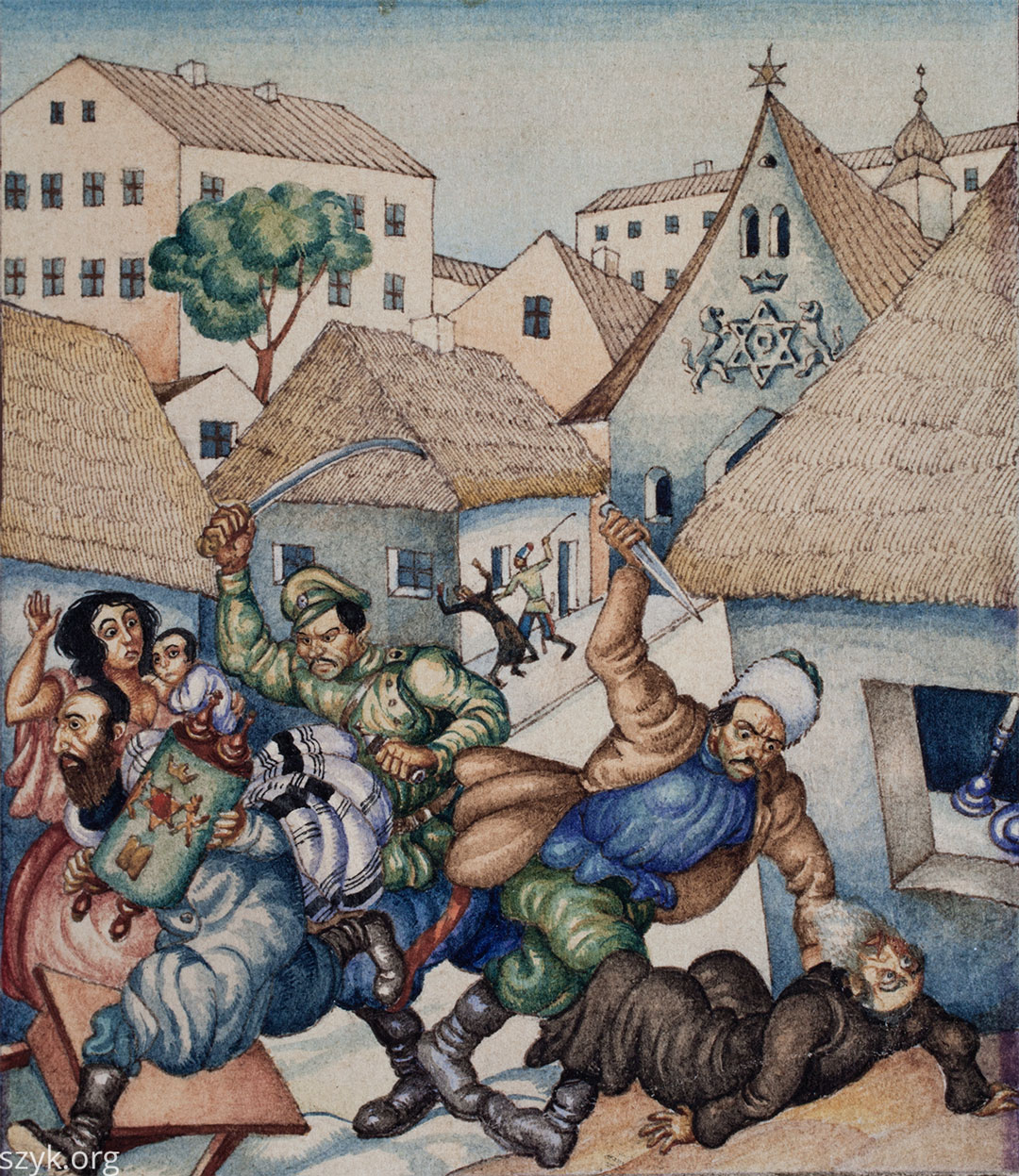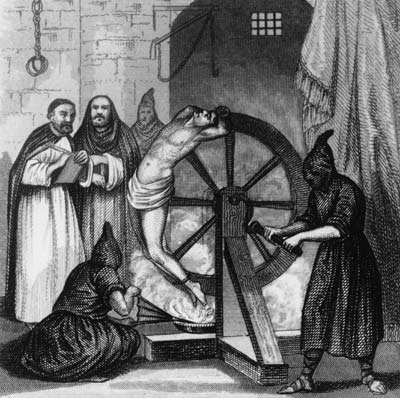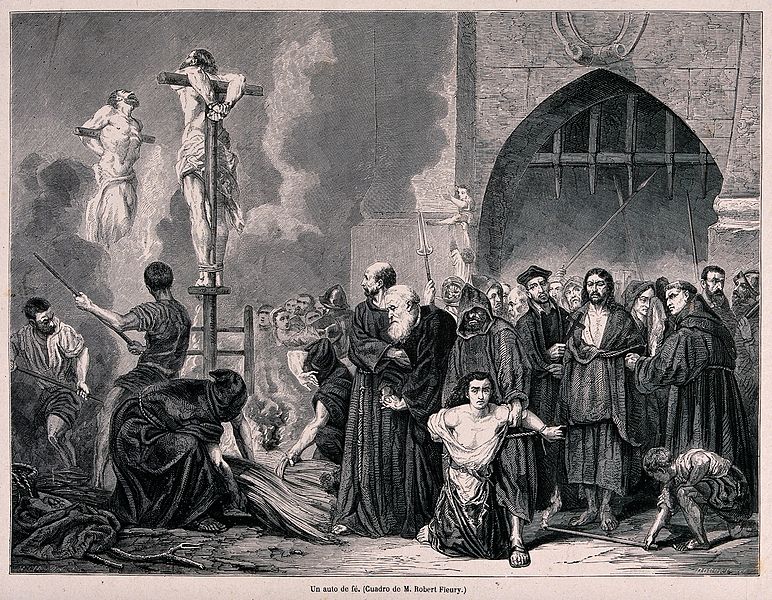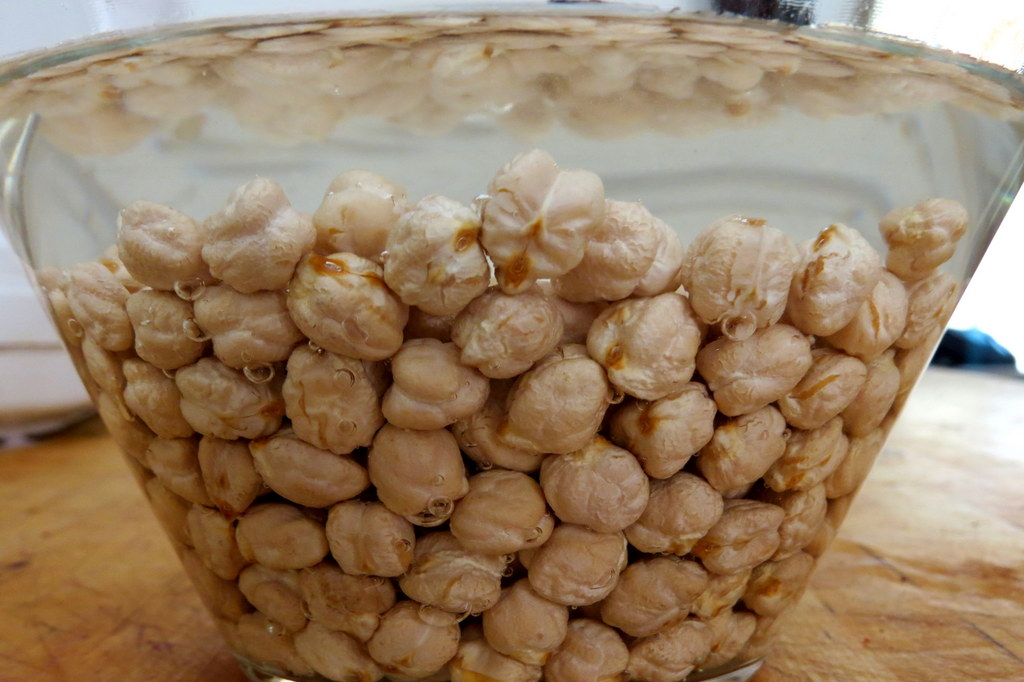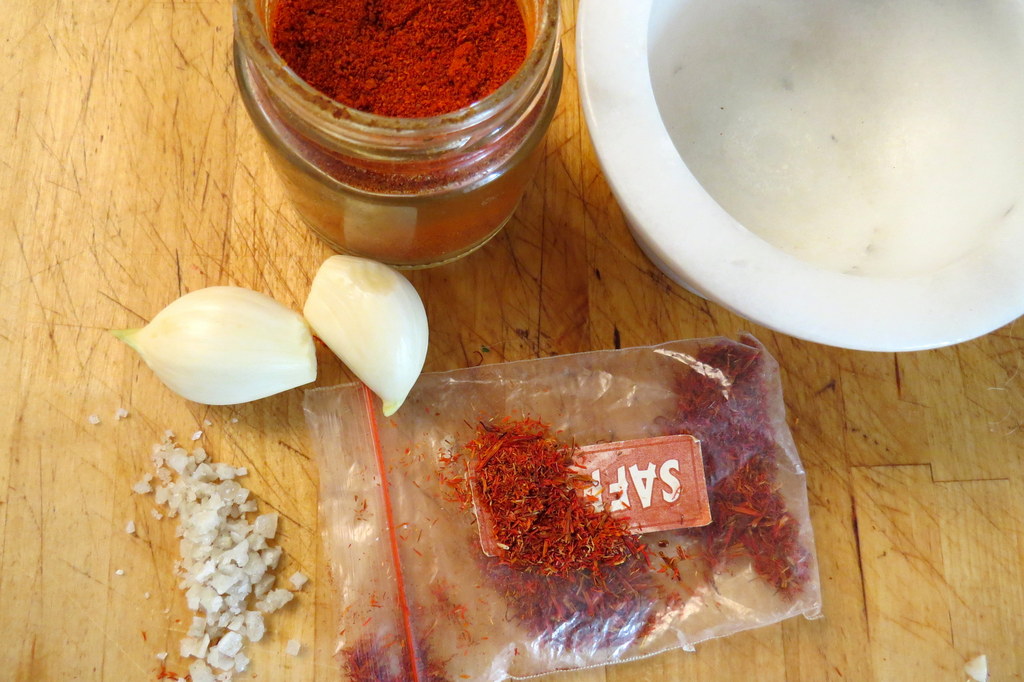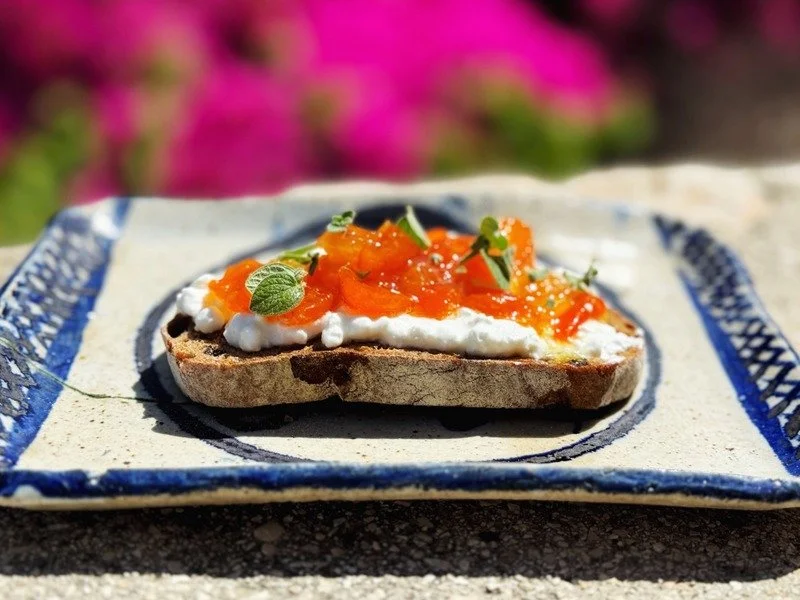SPANISH ACCENT
It’s a wedding, a vegan recipe from our book Just Add Love and a tour through Andalusia in Spain this week. History, food and time off - the best things in life!
WEDDING
I was in Spain for my Australian friend Annette’s wedding, where I also gave a speech! Plus I think I might just have taken the best photo of the bride (she says modestly.)
I hope they stay as happy as they were on this beautiful day.
Now that’s a happy bride!
Wedding dinner under the stars at the Cortijo de Indiviso, a horse ranch outside Vejer in Spain
Speech in hand, checking one more thing before I give it …
ANDALUSIA
It turns out that Andalusia is old Jewish / Moorish Spain, and we were, without planning it, staying around the Juderia, the Jewish quarter of each large town we visited - Granada, Cordoba and Seville. A trip to Andalusia is also a grappling with the rich, painful Jewish history of Spain, of which only tiny strands remain.
The Al Hambra Palace, Granada, at nightfall.
GRANADA
I’ve always wanted to see Granada, and luckily, it didn’t disappoint. In fact, it overwhelmed! The Al Hambra Palace is a fabulous historic site, as grand, compelling and as beautiful as it is in all the pictures, and the town is lively and stylish.
I find myself entranced by Islamic art and architecture, with its space, symmetry, and repeat patterns and ornate lettering substituting for the images of humans and animals that we see in Western art.
On this trip, I was interested to see Jewish symbols throughout too. Some symbols looked like the Star of David, or a relative of it. Some, like this detail in a gate at the Alcazar al Real in Seville, could have been taken from a Spanish synagogue.
CORDOBA
What I didn’t expect was to fall so hard for Cordoba, a town that gets less publicity - “do a day tour from Seville or Granada” was something I read a lot. Whether you stay (recommended) or do a day tour, no visitor should miss out on the fabulous Mosque/Cathedral known as the Mezquita.
This building contains within it the entwined religious history of the region.
The Romans built a pagan temple on the site which was destroyed by the Visigoths (400 - 711). The Goths (Christians) erected a church for St. Vincent, which, in turn, was razed by the Moors, who set to work building the Mezquita. (According to tradition the two houses of worship Muslim and Christian shared the site, but we now know that was not true.)
It took more than 200 years to complete and more than 1,000 pillars of granite, onyx, marble and jasper support its arches. Based on the style of Al Aqsa in Jerusalem and the Great Mosque of Damascus, Cordoba’s Muslim ruler Abd El-Rahman the First even wanted it to rival Mecca.
Successive Muslim monarchs continued improving it, creating one of the grandest and most beautiful buildings I’ve ever seen.
In the 13th century, Christian rulers took Cordoba as part of the Reconquista - conquering back Spanish lands which had been ruled by Muslims.
When Catholic kings seized the city in 1236, they were awed by the mosque. They didn’t destroy it, instead converting it to a Church, building a Cathedral in the midst of its beautiful columns and arches. It was further embellished by Christian monarchs over the centuries, with some of that work undone in the 19th and 20th centuries, to return it to its original design. Despite its dual origins, Spanish Muslims petitioning to hold services there this century have failed. It remains a Church with Muslim features.
CORDOBA
Cordoba played a pivotal role in the history of Jewish life in the Middle Ages. In the tenth century it became the seat of Jewish learning, scholarship and culture, eclipsing the Babylonian centres. In the eleventh century it was for a time home to the great Jewish rabbi and sage Moses Maimonedes, the Rambam.
Street in the Juderia, in the Old City of Cordoba.
1492
1492 is a date that reverberates in Cordoba.
It was the year that Christopher Columbus sailed from here to discover the New World; the year that nearby Granada fell to Ferdinand and Isabella, the power couple of Catholic Spain; and the year that Spain finally expelled all its Jews.
The edict of expulsion was known as the Al Hambra Declaration and the Jews were expelled on the day before the Jewish fast day known as the 9th of Av. The accounts of them being forced to uproot their lives and find boats to take them across the Mediterranean to North Africa or Turkey make harrowing reading, especially today when the same sea is full of refugees making the journey in the opposite direction - leaving Turkey and heading for Europe.
All this has me reading up about Columbus - including speculation about whether the pioneering Spanish seafarer was Jewish … (see this fascinating article.)
What is not speculation is that the expulsion of the Jews from Spain coincided with Columbus’s voyage and that Ferdinand and Isabella’s financial contribution to his historic trip came from the gold they confiscated from the expelled Jews.
FOOD
Food’s important here, with local recipes written onto the town’s walls. The tastes are well known to anyone familiar with Sephardi Jewish cooking.
The food of the Golden Age in Spain - when Moors, Christians, and Jews lived as equals, with none persecuting the others - has spices now associated with North African cooking, or with the Jewish cooking from North Africa, Greece or Turkey. Or with the cooking of Moorish Spain, which is having a ‘moment’ now too.
MIRADOR DE MORAYA - restaurant
In Granada restaurants, olive oil is served in Coke bottles stuffed with chillis. And desert is a semolina pudding with a hard sugar crust like a creme brulee. Loved that they brought the flame thrower to the table and did it there!
One of the best meals we had in Spain was also one of the first, at the Mirador de Moraya, a Moroccan restaurant in the Albayzin section of Granada. The building is reputed to have been the home of Princess Morayma while her husband Boabdil, the last Muslim King of Granada, was held captive after surrendering to Ferdinand and Isabella in 1492.
They wrote our booking in a heavy old fashioned tome, though you can also book via their website. The restaurant has a shady courtyard with a spectacular view of the Al Hambra. The menu features traditional local dishes like salted cod with oranges, black olives and shallots or green onions, and cold tomato soup thickened with garlic, bread and olive oil. (That’s the recipe on the Cordoba wall!)
They served olives and a knockout dip made from yoghurt and blue cheese when you sat down. Luckily there wasn’t too much of it, or we wouldn’t eaten anything else! We wanted fish, but decided not to go with the salted cod; it’s a very particular taste. We had a local fish cooked with olive oil and garlic and sheep cheeses for dessert. Everything was delicate, flavourful and simply delicious.
Wine: They make their own wine on a nearby estate - but you will have to try that and report back, since we didn’t partake that day.
Coffee: It was here that we learnt that if you order cappucino you get a small amount of coffee and a huge amount of whipped cream. Cortado is what you want. With some extra milk on the side if it’s too strong.
VERDICT: Delicious food, romantic setting, reasonably priced. GO!
Mirador deMorayma, Pianista Garcia Carillo 2, Granada, Spain, + 34 958 22 82 90
Jewish spain
The thirteenth century was grim for the Jews of Spain. The country’s new Christian rulers gave them a choice: Convert or Die.
It seems they split down the middle, about 100,000 choosing death, and an equal number conversion. The Jews who stayed alive became known as Conversos; but the problem with forcing someone to convert at gunpoint is that you don’t trust them. Many in the Church suspected the converts of remaining secret Jews. With restrictions removed, the former Jews also became very successful. Another reason to resent them.
After their military conquests in the 1400s, the Catholic Monarchs Ferdinand and Isabella seeking to root out Jewish heretics, negotiated with the Pope to set up the Inquisition in Spain. In effect, their own Inquisition, separate from Rome.
Paintings by Polish Jewish artist Arthur Szych. This series depicting the Church's relationship with the Jews is called "Ad Marjorem Dei Gloriam" which means "For the Greater Glory of God". It is also the motto of the Jesuits.
Seville
The Inquisition began in one town - Seville - searching for secret Jews. From there, it spread across Spain, terrorising the population for more than 350 years!
It’s estimated that 150,000 people were charged with crimes and up to 5,000 were killed. (By the end the Inquisitors were also hunting converts from Islam, Protestants, witches, etc etc. It became like a Secret Police, a mode of keeping the population frightened - and obedient to the Church.)
NOBODY EXPECTS THE SPANISH INQUISITION!
British comedians Monty Python are forever associated with the Spanish Inquisition, but the main man was the Grand Inquisitor, Tomas de Torquemada, the priest who institutionalised torture. A wheel where you were stretched till you confessed – or your back was broken. Or both. Also auto da fe, where those who confessed were burnt at the stake. Publicly, so as to terrify everyone else.
Food and its preparation became an element in their investigations, a key way to identify secret Jews who were keeping kosher at home, even while they lived in public as Christians. Inquisitors constantly visited family kitchens and used employees and neighbours to report if special meals were cooked on Fridays, (for the Jewish Sabbath) or if pork was refused at a shared meal. Apparently, Torquemada himself would stand on a hill above a city on Saturdays looking for houses where there was no smoke coming out of the chimneys. Since Jewish law prohibits lighting fires on a Saturday, he would send his Inquisitors there.
(And, in a plot twist you couldn't make up, there are suggestions that Torquemada’s mother was a Jewish Converso. There’s a whole novel right there!)
SEVILLE
All that dark history lurks beneath the beautiful exteriors of Seville, now one of Europe’s coolest cites. Streets filled with restaurants have been closed to traffic and its elegant Juderia - the old Jewish quarter - is filled with hotels, Airbnb’s, restored historic buildings and of course tourists. I was soon fantasising about what job I could find that would allow me to move to Seville for 6 months.
FROM THE INQUISITION ARCHIVES
A Drizzle of Honey is a book written by 2 historians, who went through the Inquisition archives sourcing recipes revealed during interrogations - what a brilliant and creative idea! It shows that Jews used cinnamon and sugar liberally, including in stews and with fish. Vinegar was very important, and spices were used in quantities the authors describe as staggering.
Coriander (cilantro) was a thing, so was saffron, and both orange water and rose water. it’s very reminiscent of the cuisine of Morocco today.
"Lamb and beef were the favourite meats among the secret Jews and chickpeas, eggplant and chard were recognized as Jewish vegetables.”
The Alcazar a Real, still the home of Spanish Royalty when they visit Seville.
OLIVE OIl
According to A Drizzle of Honey, in 15th century Europe, only Jews cooked mainly with olive oil. Christians fried in pork fat, and Muslims in clarified butter. (Both those were problematic for Jews. Pork is forbidden and butter is not suitable for use with meat, as it would produce dishes that are not kosher.)
The smell of food fried with olive oil became so strongly associated with Jewish cooking that Christians avoided it for fear of being mistaken for Conversos, or secret Jews!
In fact, many of the “proofs” of secret Jewish cooking from then are the basis of Spanish cuisine today: frying in olive oil; using large quantities of garlic and onions as well as spinach, eggplant and chickpeas.
RECIPE
So to honour the Jews of Spain, here’s a recipe from our book, Just Add Love, featuring those “Jewish vegetables” chickpeas and chard.
I prefer to boil chickpeas when I have the time, but I do fall back on tinned tomatoes and frozen spinach in emergencies. So I am able to report that you can make this recipe with tinned and frozen everything, and it's still good!
Spinach and Chickpea Stew
serves 4
Ingredients
450 g / 1lb English spinach
3 large garlic cloves, crushed
1 teaspoon sea salt
½ teaspoon saffron threads
2 teaspoons sweet paprika
½ teaspoon smoky Spanish paprika
½ teaspoon ground cumin
¼ teaspoon ground cloves
3 cups cooked chickpeas – either 1 ½ cups (250 g/ 1/2 lb) dried chickpeas, or 2 x 450g / 14 oz tins
¼ cup olive oil
1 onion, finely chopped
1 large tomato, peeled and chopped; or ½ cup tinned tomatoes
¼ cup sultanas or raisins
2 tablespoons red wine vinegar
METHOD
1. If you're not using canned chickpeas, soak the dried chickpeas overnight and cook in water to cover till soft, about 2 hours. Reserve 1 cup of the liquid.
2. Steam the spinach by wilting it in a pot with just the water clinging to the leaves after rinsing. It will produce more water as it cooks. It is ready when all the leaves have wilted down, about 2-3 minutes. Drain. Chop coarsely and press to extract liquid.
3. Using a food processor, or a mortar and pestle, mash the garlic with the salt and the saffron till you have a paste. Add the paprikas, sweet and smoky, the cumin and cloves. Mash till combined. Add ¼ cup of the chickpea liquid.
4. Add 2 tablespoons of olive oil to a large pan. Add the onion and tomato and cook over moderate heat, stirring occasionally, until softened, about 5 minutes. Add the spiced garlic sauce to the onion and tomato and cook for 2-3 minutes more.
5. Add the chickpeas with their remaining liquid, and the sultanas or raisins and bring to a boil. Add the spinach, stir in vinegar, reduce the heat to moderate, and simmer for 15 minutes. When it's ready, serve in bowls, with 2 remaining tablespoons of olive oil drizzled on top.
If you would like more recipes from our history and cookbook Just Add Love you can order the book through this website, here.
And I can’t recommend a holiday in Spain highly enough! Even if you don’t have a wedding to go to…
Tourist snap outside the walls of the Mezquita in Cordoba









